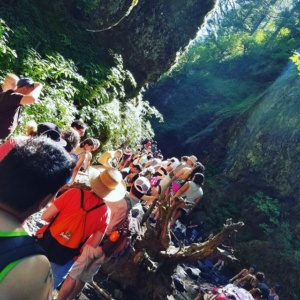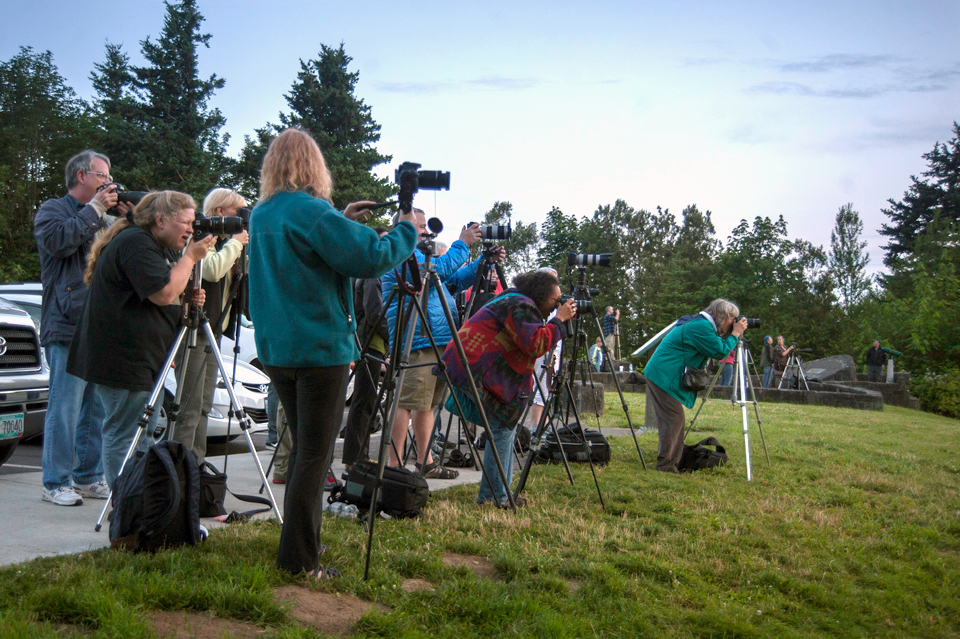
Landscape Photography Ethics and Stewardship of our public lands.
If you haven’t noticed lately, our public lands have become quite popular in the last decade. Many of the folks that are visiting them are inspired by the photos posted on social platforms such as Instagram or Facebook.
We have all seen that epic photo of someone standing on a hill in the foreground with their hands up in the air as if victorious after an epic journey. Behind them you see a sweeping view, idyllic light and a towering snow capped peak in the distance. These photos inspire those who yearn to express the human spirit of adventure and exploration. It also causes an increased number of people trekking to these locations. When I post a photo online the most asked question is usually, “Where is that?”
No longer is there an attitude that you should go out and explore the world and find these places. In this day and age it’s about the image and not the adventure. The location that’s easy to get to and to take a striking photo of especially. The result of this is that these iconic, beautiful and many times environmentally sensitive locations are being overrun by folks that may be inexperienced in the outdoors. Many that I have met seem to have the attitude that they are in a landscaped and maintained city park or, with some, an amusement park for extreme outdoor sports. At the end of the day it really is but a way to make an awesome photo to post online in attempt to feed their own vanity.
This may sound harsh, but as a professional outfitter and guide as well as a photographer and social media practitioner I experience this frequently. You may think that this is about me railing against the virtues of humility but it is not. The purpose of this is to point out that this activity on public land is causing it harm. With the increase in use of the trails and facilities it is more important than ever before to realize our effect on the land. Therefore I feel compelled to make a list of suggestions that will help to minimize the effects of this increased usage. This applies to us all, not just photographers.

Don’t create new trails in established trail areas. Stay on the existing trails. If you can see that someone has already been to an area, look for a trail to it before you cross virgin territory. I was at Elowah Falls one day and observed two photographers looking down and over the embankment to a spot in the creek below. As I approached I could tell that they were considering trailblazing their way to it. I walked up and started a friendly conversation about how beautiful it was there. I told them that there’s a great little trail just behind us that will take them there. They thanked me and took the trail. They were unfamiliar with the location, but if they would have taken just a few more minutes looking they would have found the trail.
Pick up other’s trash. We’ve all heard the saying, “Pack it in. Pack it out”. In this day and age it should be, “Pack it in, pack it… and other less considerate people’s trash, out. I always carry a kitchen trash back and some ziplocks in my backpack. They can come in very handing for this and other purposes. If you’re hiking with a dog pick up the poo with a plastic baggie and do not leave it along the trail with the intent of picking it up on the hike out. Put it in it’s plastic bag and then put that into the trash bag. If you’re still worried about getting poo in your pack, double bag it.
Don’t pose in sensitive areas. I have seen people standing in or erecting their tents in places off trail just for a photo. This sends a message that this location is fine to walk to which will cause damage in time. Choose a location that a trail already accesses.
Be original. With the sheer amount of people accessing these areas think about why you would want to go to the same location to get the same photograph. This mindset creates a herd. And with any herd it causes a swath of wear to these places. I’m not saying not to go but think about all of the other less photographed areas left to explore. If we as photographers seek out new locations it will scatter the herd and at the same time you will create more unique photographs.

Buy trailhead or commercial use permits. There’s a purpose to purchase forest passes or commercial use permits beyond paying another tax. It’s also a way to help regulate the use of these areas. If you’re hiking frequently consider a season pass. It’s convenient because you don’t have to buy one every time that you go hiking, and it saves you a lot of money. I’m one of a mind that this land is ours to use freely, but in the 21st century we have a few harsh realities that a permit system addresses.
Volunteer. The Forest Service or many social or civic clubs have ways for one to volunteer to clean trails and trailheads. This gives you a chance to give back all that our public lands provide. Contact the US Forest Service office to inquire about how you can help. Join a meetup group and go out for a walk with new friends and teach by example how easy it is to clean a trail as you hike.
None of these points are abstract or obscure concepts. This was how my parents raised me as we hiked on Oregon trails as a boy. I’m not one to claim that we’re doomed in this day and age because of the deterioration of society. Even when you toss that out of that argument there’s one glaring fact that can’t be ignored. There are more and more people coming to these places and just that fact alone dictates that we treat our trails and public land with even more respect.
Landscape Photography Ethics and Stewardship should be all of our responsibility.

